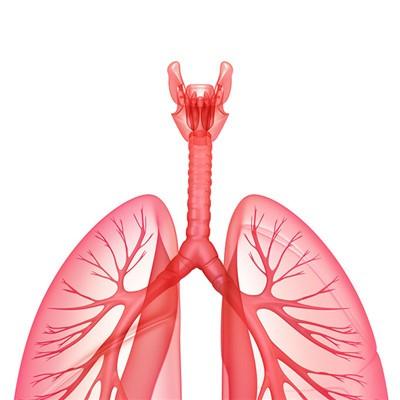Only for acute lymphoblastic leukemia symptoms?
summary
Acute lymphoblastic leukemia is a kind of tumor disease originated from B-line or T-line lymphoid progenitor cells. The abnormal proliferation and aggregation of primitive cells in bone marrow inhibit normal hematopoiesis, leading to anemia, thrombocytopenia and neutropenia; Primordial cells can also invade extramedullary tissues, such as meninges, gonads, thymus, liver, spleen, or lymph nodes, causing corresponding lesions. Only for acute lymphoblastic leukemia symptoms? Let's talk about it
Only for acute lymphoblastic leukemia symptoms?
About half of the cases had different degrees of bleeding. Bleeding usually occurs later than anemia, but it often wakes up patients to seek medical treatment and do blood test. The common bleeding points were skin bleeding points, purple spots, epistaxis, gingival and oral mucosa bleeding, increased menstruation, etc; Severe hematuria, gastrointestinal bleeding (hematemesis, hematochezia), retinal hemorrhage can cause visual impairment, even intracranial hemorrhage, often life-threatening.
More than half of the patients had fever, which could be low fever or high fever. No matter before or during treatment, fever mostly means co infection. Infection can occur in any part of the body, but the most common are angina and stomatitis. Upper respiratory tract and lung infection, perianal inflammation, perianal abscess and gastroenteritis are more common. If combined with septicemia, it is one of the main causes of death.
In some acute leukemia patients with fever, there was no obvious infection focus (especially neutrophils < 0.2%) × But infection could not be ruled out; On the contrary, the patients whose body temperature is less than 38.5 ℃ and whose fever subsides automatically after chemotherapy show that fever is related to leukemia itself (tumor fever). Of course, there is no lack of clinical tumor fever and infection coexist.
matters needing attention
Pay attention to the oral cavity, nasopharynx, anus around the skin hygiene, to prevent mucosal ulcers, erosion, bleeding, once there is a timely symptomatic treatment. Food and utensils should be sterilized first. Oral non absorbed antibiotics such as gentamicin, myxin and antifungal agents such as nystatin and vancomycin are used to kill or reduce intestinal bacteria and mold. Bacterial culture and drug sensitivity test were performed before treatment in patients with infection to select effective antibiotics.















